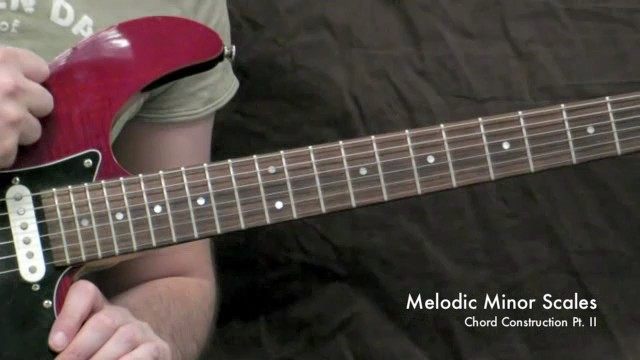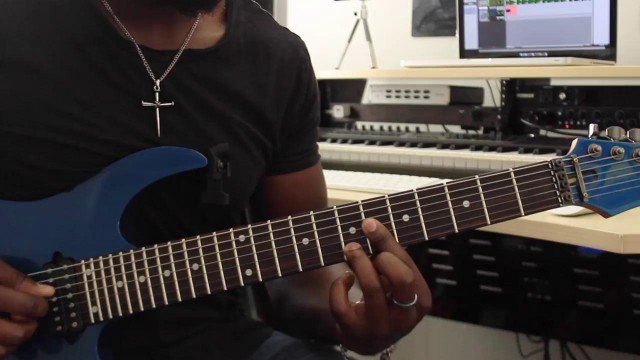Ok lets take a closer look at the role of the left hand.
It is essential at this point that you understand the importance of economising the movement in the left hand. By doing so it will give you the facility to play whatever you wish with the minimum of effort.
So, how do we minimise the left hand movement?
With chord progressions, the most efficient method is to use what are called ANCHOR FINGERS and GUIDE FINGERS.
An ANCHOR FINGER stays on the same string and the same fret when changing from one chord to another.
A GUIDE FINGER stays on the same string but shifts either up or down to a different fret when changing from one chord to another.
It is essential to note that with an anchor finger, you do not release any tension from your finger whilst changing chords however with a guide finger, you must you must release your finger from the fretboard but not from the string.
This will enable you to make the smoothest transition from one chord to another as the finger on the string acts as a guide to lead you to the correct fret.
Practice the examples given before moving on to the actual example progressions as it will make life a whole lot easier.
You've done that? OK good job! Let's move on.
 |



















